The 2024 growing season provided our crops in most of Wisconsin with plenty of water. In spots, too much water accumulated and led to drowned out spots and in some cases even entire fields. In spots, these areas were re-planted. In other areas, troublesome weeds like waterhemp are quickly escaping and will likely produce plenty of seed before a killing frost occurs. Care should be taken to avoid harvesting and subsequently spreading the weed seeds present from the margins of these areas where heavy weed pressure is likely present. In cases where no crop is present, it might be tempting to run through these areas with a combine to “clean up” the weeds but this will send many weed seeds through the machine that could become trapped in the combine and leave at a later time causing future weed problems elsewhere on the farm.
When the water has completely drained away and field conditions are, consider managing these drown out field areas to prevent weed seed production. One waterhemp plant can produce 25,000+ seeds for future management challenges. To terminate these weedy areas tillage, mowing, and herbicides may be used depending on field conditions, weed growth stage, and future management goals.
Mowing
Mowing can be an effective tool to prevent weeds in these areas from producing seed. Mowing must be done before the weeds before seeds become viable and more than one mowing pass may be necessary. If the weeds have already produced seed, mowing is no longer an effective weed management tool.
Manual Weed Harvest
Some spots may be small enough to remove the troublesome weeds by hand. If viable seed is present, the weeds should be removed, bagged, and disposed of via composting or burning in a safe location.
Tillage
Tillage can be an effective weed management tool. Once again, the tillage needs to be done before the weeds before seeds become viable and more than one pass of tillage may be necessary. Depending on the weed species, tillage may not be the best tool and may spread troublesome weeds. If the weeds have already set seed, a light tillage pass should not be done as this will only plant the weed seeds. A deep tillage pass would help bury the weeds, but caution should be taken to avoid future tillage passes to prevent re-planting the weed seeds near the soil surface.
Herbicides
Herbicides may be applied to these areas once the water has drained, and field conditions are fit for spraying. A burndown mix of a growth regulator and glyphosate/glufosinate will likely be the best option to control all weeds present using full labeled rates. The weeds may be too large to control using herbicides as many herbicides are no longer effective past 2-4 inch weeds. Always read, follow, and understand the herbicide labels and use proper application techniques. If these spots are difficult to reach, consider working with a UAV/drone applicator to spot spray these locations.
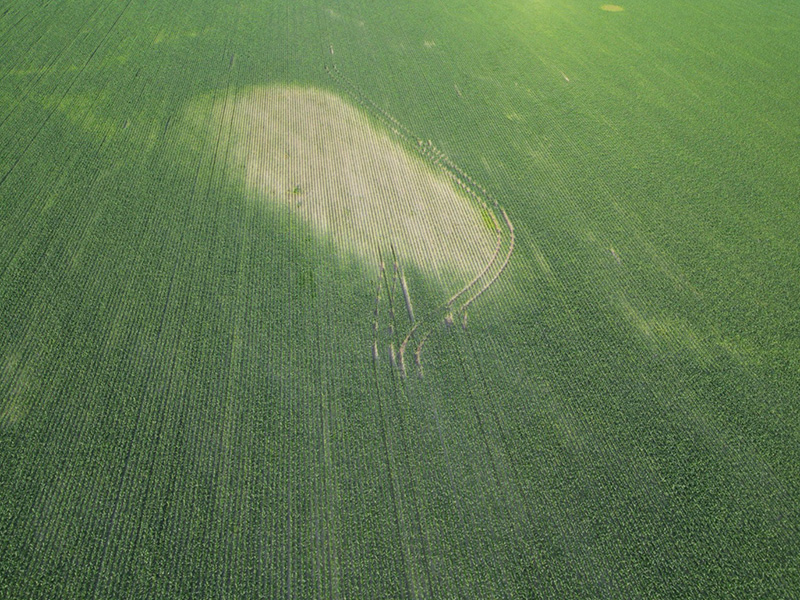

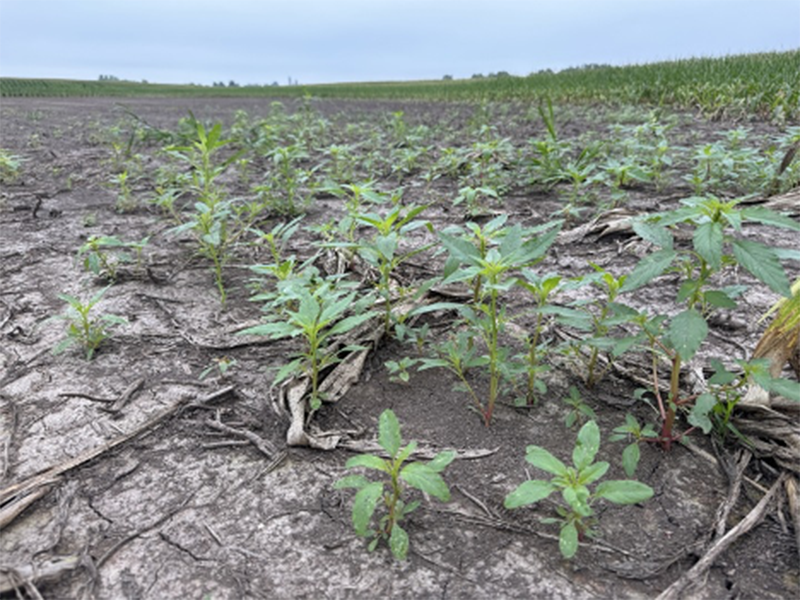
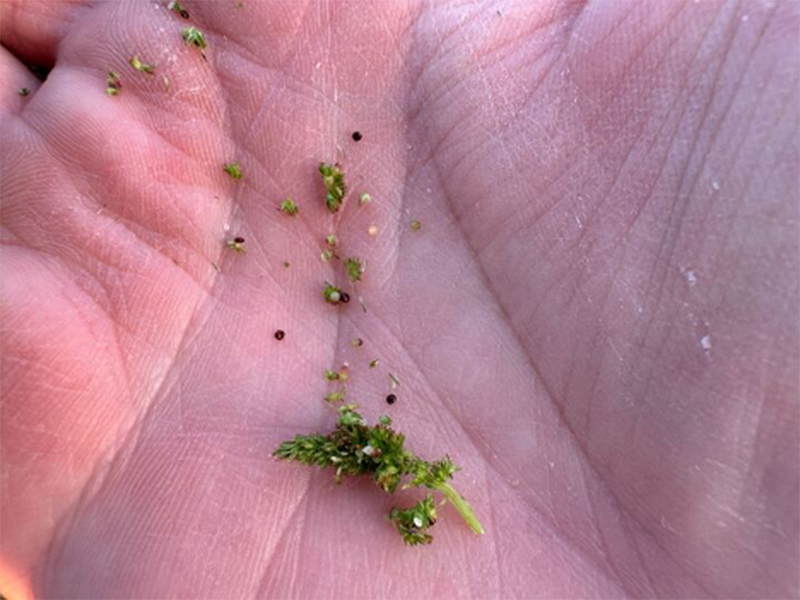

 ▶ Combine Cleaning: A Simple Step to Reduce Weed Seed Dispersal
▶ Combine Cleaning: A Simple Step to Reduce Weed Seed Dispersal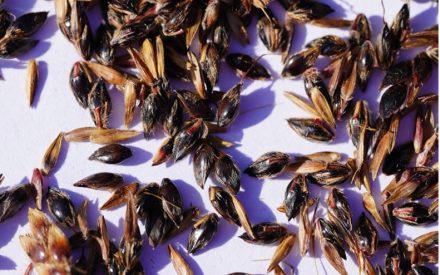 Johnsongrass in Wisconsin
Johnsongrass in Wisconsin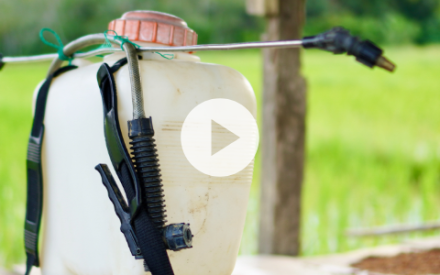 ▶ Backpack Sprayers in Diversified Vegetable Systems
▶ Backpack Sprayers in Diversified Vegetable Systems ▶ AI in Agriculture
▶ AI in Agriculture


